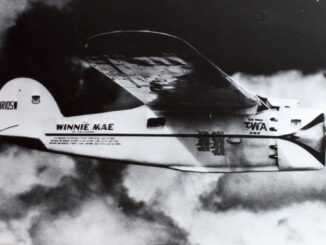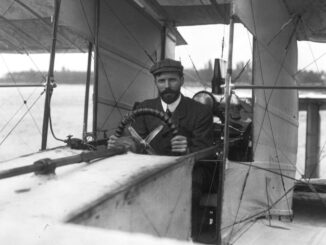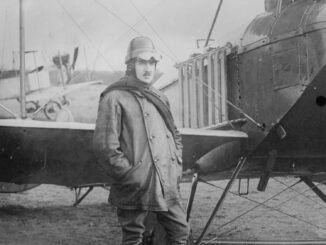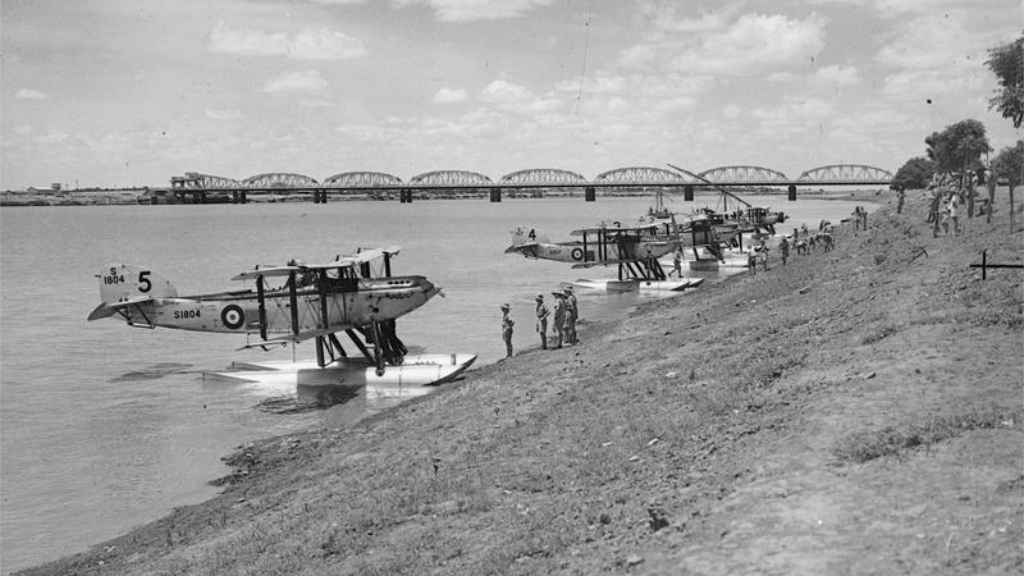 On 1st March 1926, a detachment of four Fairey IIID aircraft left Cairo, beginning the first long-range formation flight of the Royal Air Force (RAF), as well as the first RAF flight to South Africa. The aircraft successfully reached Cape Town on 12th April and returned to Egypt by the end of May 1926.
On 1st March 1926, a detachment of four Fairey IIID aircraft left Cairo, beginning the first long-range formation flight of the Royal Air Force (RAF), as well as the first RAF flight to South Africa. The aircraft successfully reached Cape Town on 12th April and returned to Egypt by the end of May 1926.
The Great War aerial warfare was an impulse for creation of the British long-range military aviation. Although such activities are among the lesser-known facts from the First World War, the Royal Flying Corps and the Royal Naval Air Service progressively built their ability to perform long distance operations over the land and the sea.
In October of 1916, the RNAS aircraft began their raids against German cities, the RFC joined these operations one year later. By the end of the war, the British long-range aircraft targeted Frankfurt and Stuttgart. In November of 1918, the No. 166 Squadron RAF was ready to bomb Berlin and the raid was just stopped by the Armistice.
The development of long-range aviation was continued after the war; however, it was now focused on establishing air routes to distant areas of the British Empire and to provide airmail service.
Nevertheless, the RAF proved that those, at first glance peaceful, adventures may quickly turn into effective projection of the air power. In May of 1919, during the Third Anglo-Afghan War, a single Handley-Page V/1500 bomber – named HMA (His Majesty´s Aircraft) Old Carthusian – flew from Britain to India and then, on 24th May, performed an air raid on the Amir´s palace. The British bombs caused little damage but had a heavy impact on the Afghan morale and the war was over in a few days.
Until the mid-1920s, the British military aircraft established regular aerial communication within the Middle East and Iraq, as well as reached Nigeria.

The idea of opening London to Cape Town route was born already during the Great War. In 1918, the Air Ministry sent survey teams to Africa, in order to find suitable landing grounds and mark the aviation route across the continent. In December of the next year, the British authorities announced the route was ready, consisting of twenty-four potential airfields and nineteen emergency landing strips. Shortly after, the military activities were supported by civilians – the Times national newspaper announced it would finance the first air journey to Cape Town.
The race to Cape Town started on 24th January 1920, when a Vickers Vimy Commercial G-EAAV began its trip to Africa. It was followed by another Vimy, G-UABA (the Silver Queen) that took-off on 4th February of the same year. Regrettably, both aircraft crashed during the flight – the G-EAAV was wrecked in Tanzania and the G-UABA in Sudan.
Nevertheless, the crew of the second aircraft continued their journey. They loaned another Vimy from the RAF station in Egypt and named it the Sliver Queen II. On 20th March 1920, after an adventurous flight, the Vimy landed in Cape Town. The trans-African route was opened.
However, the successful first fight to Cape Town was just the beginning. Now, the RAF was required to establish regular aerial communication with the South Africa, over the route that was commonly considered challenging and dangerous.
Laborious technical and organisational efforts were launched to prepare the formation flight to Cape Town, the first long-range operation of such kind in the RAF history. Because, unlike the Silver Queen record flight, it had to be a pure military operation, special permissions had to be received from Sudan, Uganda, Kenya, Tanganika (now Tanzania), Rhodesia (now Zambia, Zimbabwe and Malawi) and Bechuanaland (now Botswana) authorities, as well as the Belgian government, due to flight over the Belgian Congo territory.
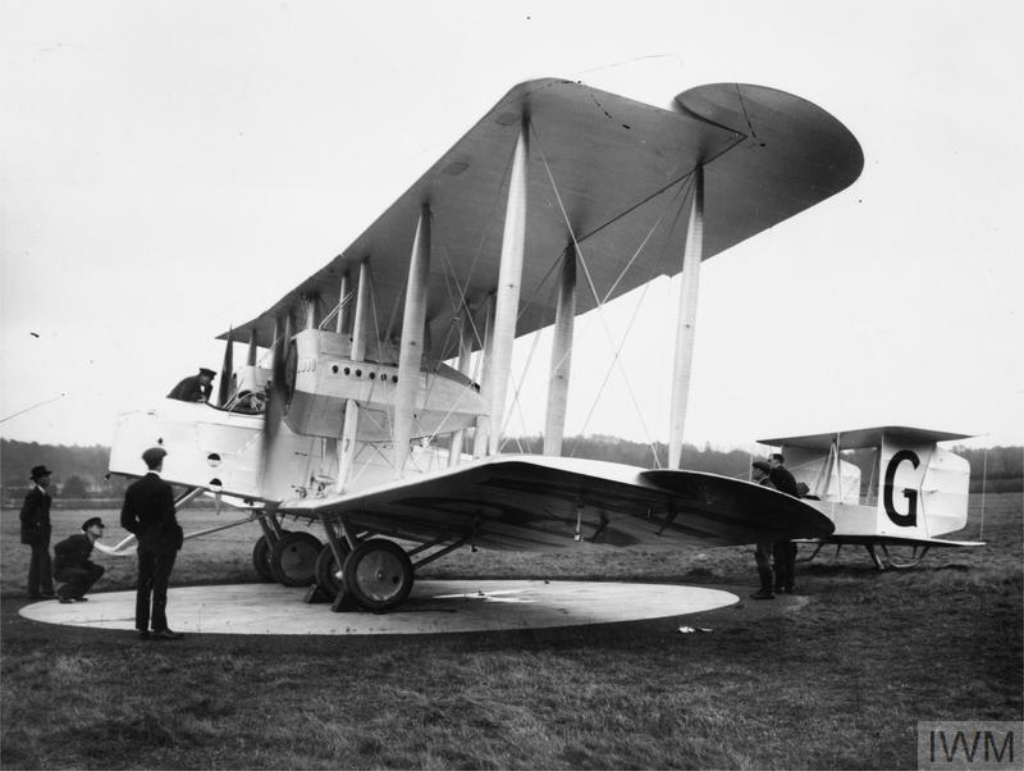
Although it was planned to perform the flight in formation of four aircraft, the RAF assigned seven aeroplanes for the operation. The spare aircraft were sent to Aboukir, Cape Town and Pretoria, together with spare engines and other parts. Moreover, two further engines and spare parts were sent to Kisumu, near Lake Victoria. Petrol, oil and other supplies had to be secured by the Middle East Command (from Cairo to Nimule in Sudan) and the Asiatic Petroleum Company (Nimule to Cape Town).
The exact type of aircraft and engine model was definitely decided only in the middle of October 1925. It was Fairey IIID reconnaissance biplane, powered by Napier Lion V engine.
The Fairey III was a very successful aeroplane, developed and manufactured by Fairey Aviation Company. It performed the first flight in September of 1917 and was made in almost 1,000 examples in both seaplane and landplane variants. The Fairey III was introduced into operational service in 1918 and, quite incredibly, was still in use during the World War II, as the last examples were retired only in 1942.
That British aeroplane gained worldwide attention in 1922, when – flown by Portuguese crew – became the first aircraft to cross the South Atlantic (more information about that journey and other transatlantic flights can be found in our article issued in July of 2023).
On 6th November 1925, the special detachment officially formed at RAF Northolt, led by Wing Commander C.W.H. Pulford. Selection of its personnel was completed by the beginning of December. Shortly after, the training flights began, focused mainly on short landing and taking-off with fully loaded aeroplanes.

The RAF flight was not intended to break any record in flight distance or time of duration. The Cape Town operation was focused on gaining experience on long-distance formation flights, as well as their planning and necessary logistics. In addition, the African adventure was a significant milestone in achieving navigation skills.
The official RAF statement also underlined such reasons as ´to the regularity with which reinforcements can be despatched by air, to gain experience in flying through changing climates and conditions, and over new country´.
At the beginning of 1926, the four Fairey III aircraft were send by sea to Egypt. Initially, the flight had to commence on the 8th March, however the good weather conditions allowed the detachment to take-off earlier, yet on 1st March 1926.
During the journey, the RAF lost one aeroplane. On 16th March, one of the Fairey biplanes was damaged at take-off from N´dola in the Northern Rhodesia (now Zambia). Luckily the crew suffered no injuries.
The remaining aircraft continued the flight and reached Cape Town on 12th April. After a week spent in the South Africa, the three Fairey biplanes and their crews took-off for the return journey to Egypt.
The RAF detachment reached Heliopolis station on 27th May. Two days later, the aircraft flew to Aboukir, where the wheeled undercarriage of the Fairey biplanes was replaced by floats. After an overhaul, the aeroplanes left Egypt on 9th June and continued their journey back to England. Finally, on 21st June 1926, Pulford and his team completed their African adventure at Lee-on-Solent.
During the African journey, the formation visited twenty-two airfields and, as emphasized in official RAF release, there were no delays from the flight schedule caused by technical issues on any of the aeroplanes. There was no need to perform any major repairs, no spare aircraft nor engines were used.
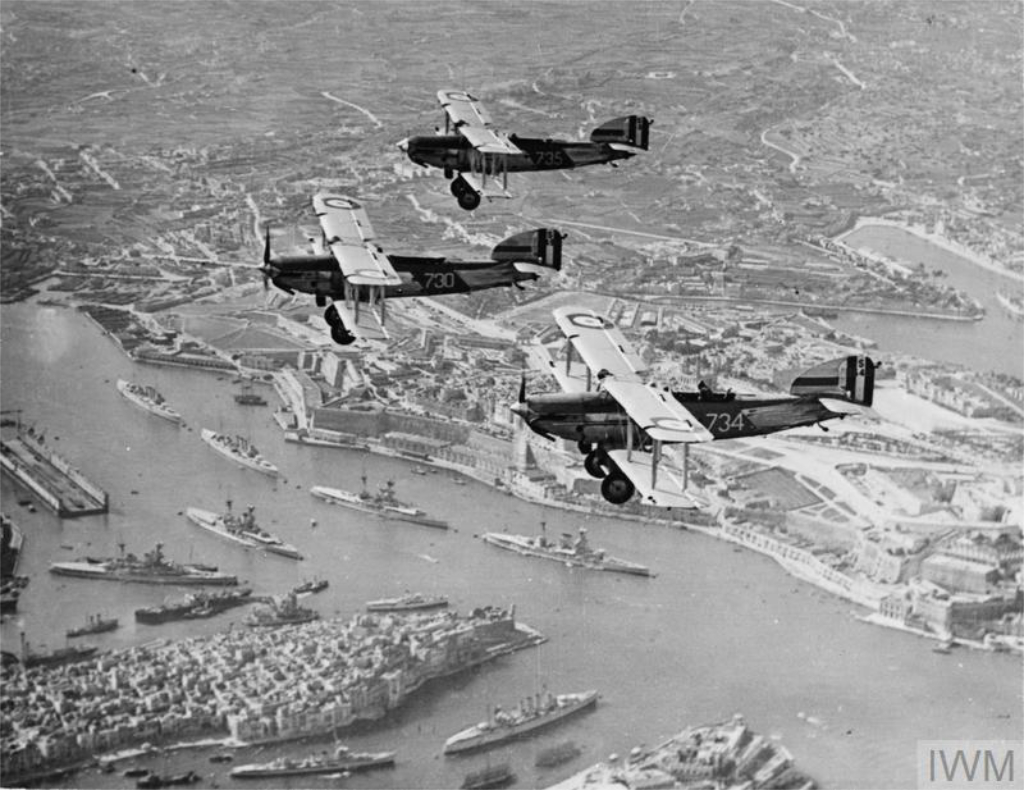
The total flying time of all involved biplanes, on the Cairo-Cape Town-Cairo route, was approximately 568 hours. The Pulford´s Fairey clocked almost 141 flying hours on outward flight and approximately 72 and a half hours on return flight, as well as additional 40 hours spent in the air between Aboukir and Lee-on-Solent. The distance covered by the Fairey aircraft was approximately 22,530 kilometres (14,000 miles).
The trans-African flight, from Cairo to Cape Town and back, soon became the RAF tradition and was being repeated on annual basis, as regular training exercise for the Middle East-based squadrons.
In the meantime, the RAF has taken up another challenge. In October of 1927, four Supermarine Southampton II flying boats began the long-range formation flight to Singapore, Australia and Hong Kong. The RAF Far East Flight was successfully completed in December of 1928. The Southampton aeroplanes remained in Singapore where they stayed in active service until 1935.
As aforementioned, one of the reasons behind the RAF long-distance flights was to gain experience necessary to establish regular aerial communication with distant parts of the British Empire. However, the public had to wait a few years for opening regular civil service between England and the South Africa.
The first scheduled air service of Imperial Airways was opened on 20th January 1932. On that day, Captain A.B.H. Youell in his Handley Page HP42 named Helena, took-off from Croydon airport and headed for Cape Town. The journey was expected to take eleven days and included also two train trips. Nevertheless, it was commented by The Times as ´an Imperial event of outstanding importance´.
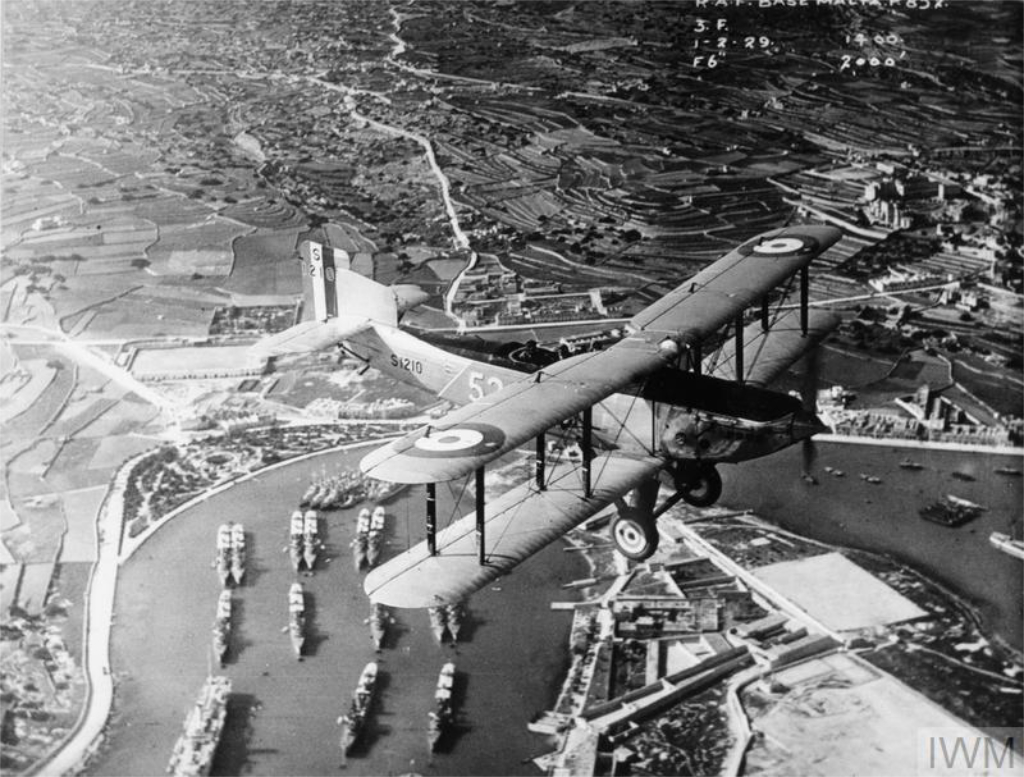
Sources:
Air Ministry Communique No. 1401
Royal Air Force Cape Flight March 1st to June 21st 1926, D. Napier & Son
Flight, vol. XIX, 1927
Cover photo: Fairey IIIF aircraft on the River Nile at Khartoum, 1934, illustrative photo (© IWM CM 4499).
All photos used under the IWM Non Commercial Licence.

